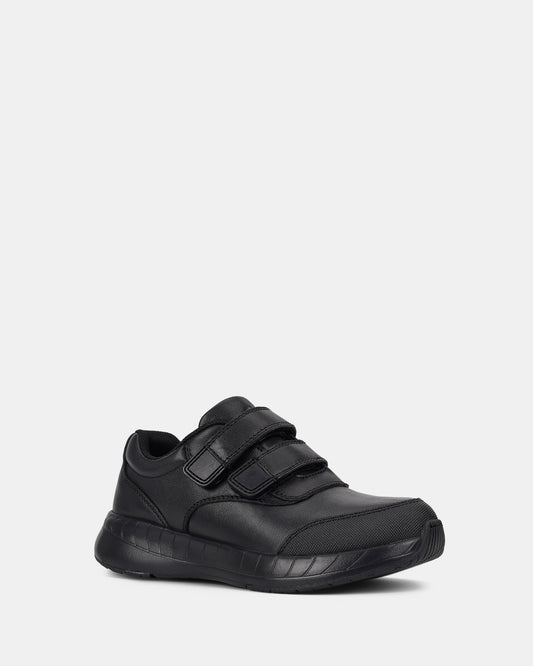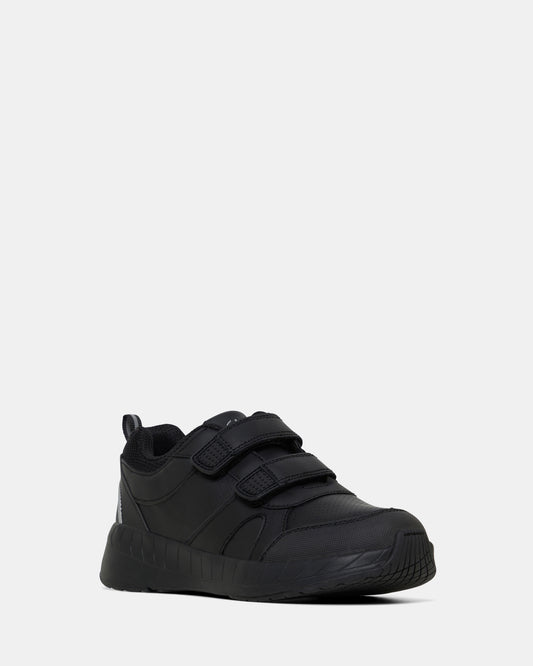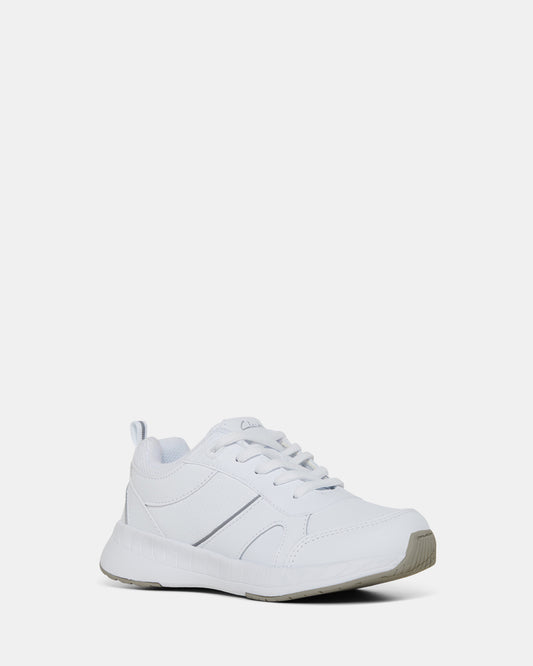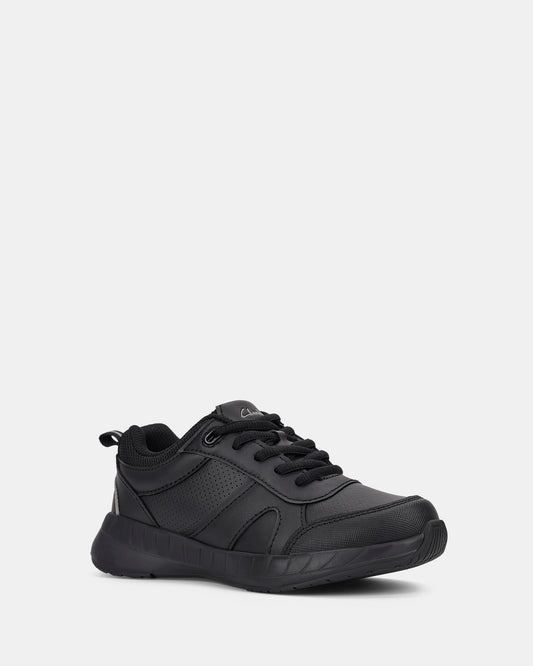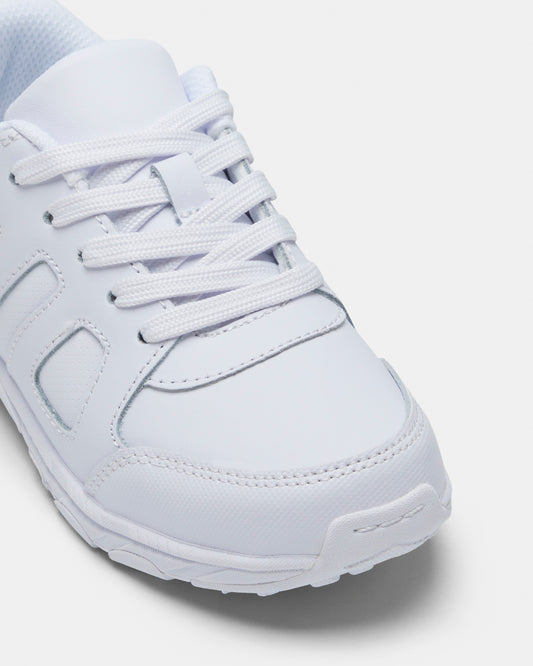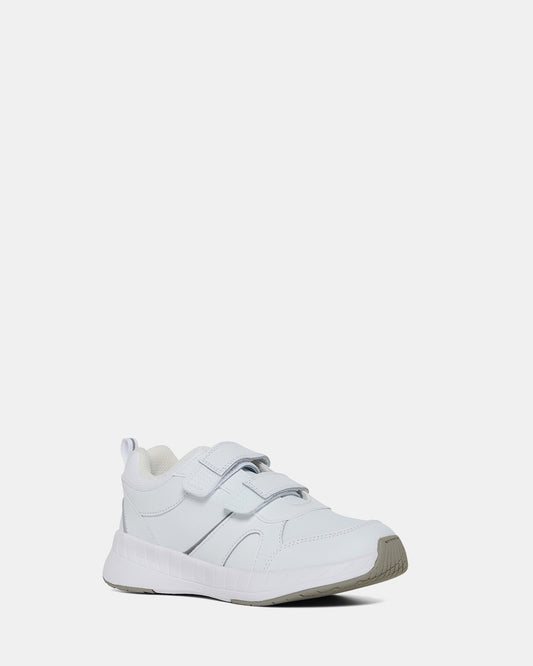In the context of traditional school shoes and sports shoes, they serve distinct purposes and should not be compared on the same grounds. The determining factor often lies in the specific uniform policies of the school. Some schools mandate the use of school shoes for daily activities, reserving sports shoes exclusively for physical education classes. However, there are institutions where sports shoes are deemed acceptable for daily wear with the standard uniform. Given the typically non-negotiable nature of school shoes in most educational settings, they play a crucial role as a supportive, weather-resistant, and comfortable staple of the uniform.
The assertion that "Sports shoes are clearly the best option for PE classes and if there is significant distance travelling to and from school" underscores the practicality and comfort provided by sports shoes in specific situations.
In recent years, there has been a trend among brands to blend traditional school shoe features with those of sports shoes, offering students a versatile footwear option. Nonetheless, some schools consider these hybrids unsuitable for regular uniform days, indicating a challenge in finding a style that strikes the right balance.
For schools that permit sports shoes throughout the school week, this flexibility is likely to bring joy to many students. Nevertheless, it is advisable to seek out sport shoes with characteristics akin to those found in school shoes. For instance, a leather upper provides better protection against wet conditions, increased durability, and reduces the likelihood of toe-related wear and tear. Opting for a sturdy and supportive sports shoe over more flexible or free styles is recommended.
The advice against substituting a sports shoe with a casual sneaker applies especially in schools where there are no strict footwear regulations.
It is important to note that for children who wear sports shoes to school five days a week, coupled with potential involvement in weekend sports, weekday training, and casual wear on weekends, the frequency of use may lead to quicker wear and tear. It is not uncommon to anticipate the need for replacement around the four to six-month mark under such conditions of consistent wear for school, sports, and leisure activities.




